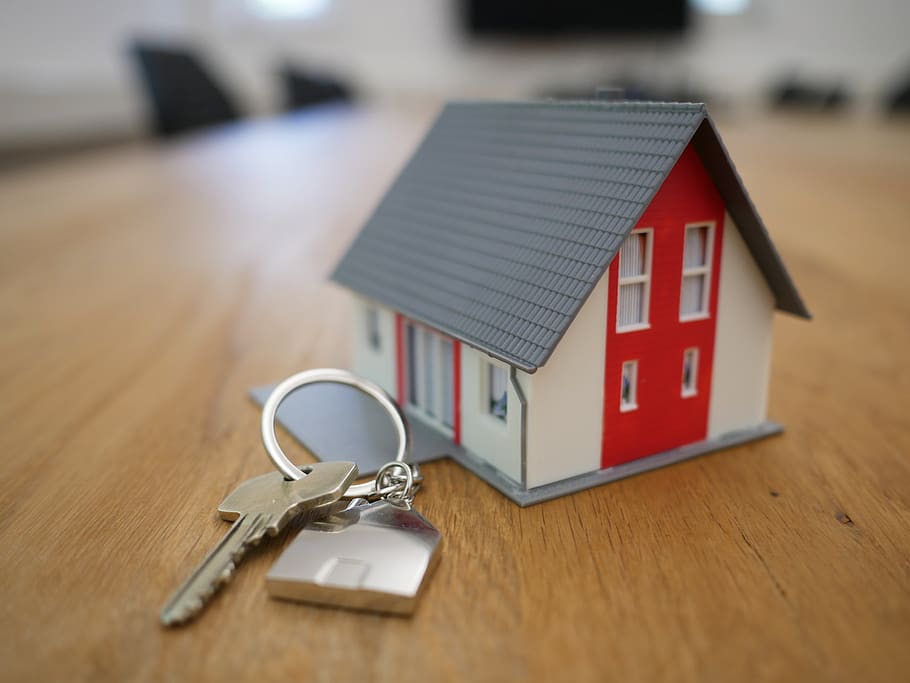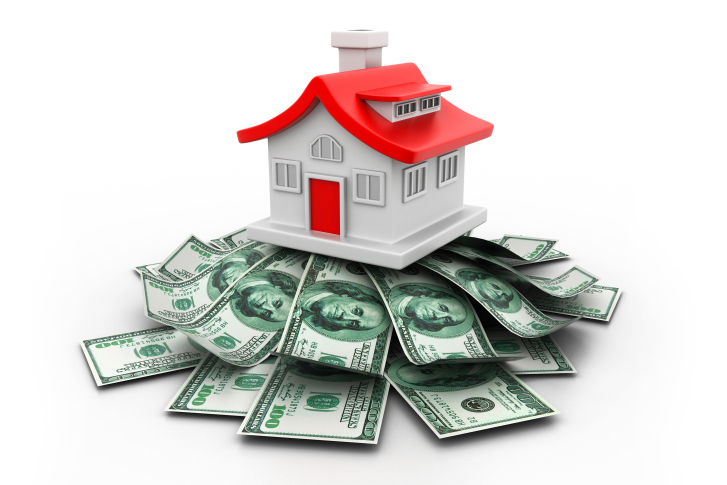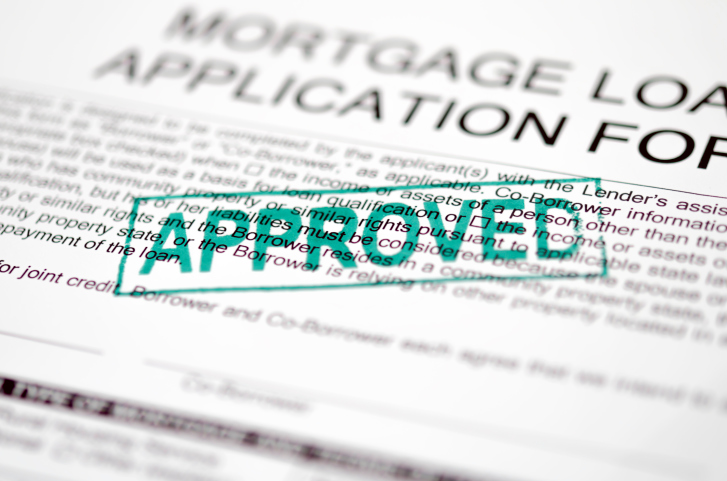A Bidding War Is Taking Place Among Homebuyers
 While businesses have fallen on hard times during the past few months, there are signs that the economy is going to start to recover quickly. This could mean that homebuyers are entering the market again as well.
While businesses have fallen on hard times during the past few months, there are signs that the economy is going to start to recover quickly. This could mean that homebuyers are entering the market again as well.
With summer being a historically hot time for homebuyers all over the country, there are a lot of experts saying that buyers need to get ready for a bidding war.
There are not a lot of homes on the market right now, as sellers are still a bit reluctant to put their homes back on the market with the economy just starting its recovery process.
The end result is that there is a disconnect between supply and demand. This imbalance is causing home prices to climb upward as homebuyers get into a bidding war.
Homebuyers Might Be Surprised
Many homebuyers are surprised that prices are actually rising instead of falling. When the last recession hit, home prices actually fell significantly. This is because mortgage defaults were the cause of the last recession, which is why home prices fell so dramatically.
The cause of this economic downturn is different. Due to a limited supply of homes, this is leading to more competition among homebuyers. This leads to more competition, handfuls of offers for a single home, and a bidding war. In order to find the right home, there are a few tips that homebuyers need to keep in mind.
Put Forth A More Competitive Offer
Those who are looking for a home right now need to place themselves in a position to compete against multiple offers from other homebuyers. Some of the most important tips to follow include:
- Hire a local expert who understands the state of the market right now who can help homebuyers find the right home. Right now, the real estate market is not normal. It takes an expert to understand the ins and outs of buying a home in this market.
- Get pre-approved from the market to make sure the offer looks serious to the seller. Those who get pre-approved from a lender will demonstrate a strong desire to buy, pushing their offer to the top.
There are ways to put forth a competitive offer even in this challenging real estate market.
 Recently, the local region’s subcommittee held a meeting using videoconferencing and discussed a new version Home Buyer Assistance Program. The Home Buyer Assistance Program has been designed to help first-time homebuyers by providing a down payment of up to $25,000. The funding for the Home Buyer Assistance Program is going to come from the city’s reparations fund.
Recently, the local region’s subcommittee held a meeting using videoconferencing and discussed a new version Home Buyer Assistance Program. The Home Buyer Assistance Program has been designed to help first-time homebuyers by providing a down payment of up to $25,000. The funding for the Home Buyer Assistance Program is going to come from the city’s reparations fund. The internet has changed how many people shop for a home and one of the most important issues that people will face is whether to fill out a home loan application online or offline.
The internet has changed how many people shop for a home and one of the most important issues that people will face is whether to fill out a home loan application online or offline.